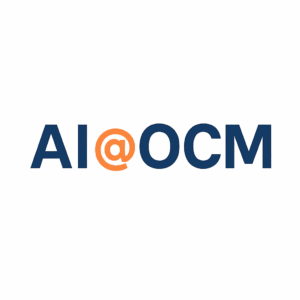Introduction Organizational change is essential for growth and innovation, yet many change initiatives encounter resistance from employees. This reluctance can slow down adoption, lower morale, and even derail transformation efforts altogether. Understanding why employees resist change and implementing targeted strategies to address these concerns can …











